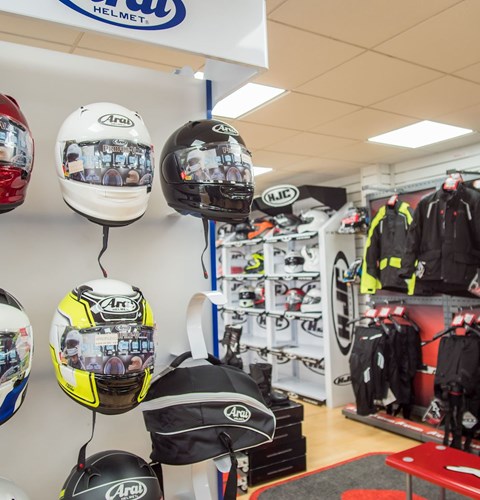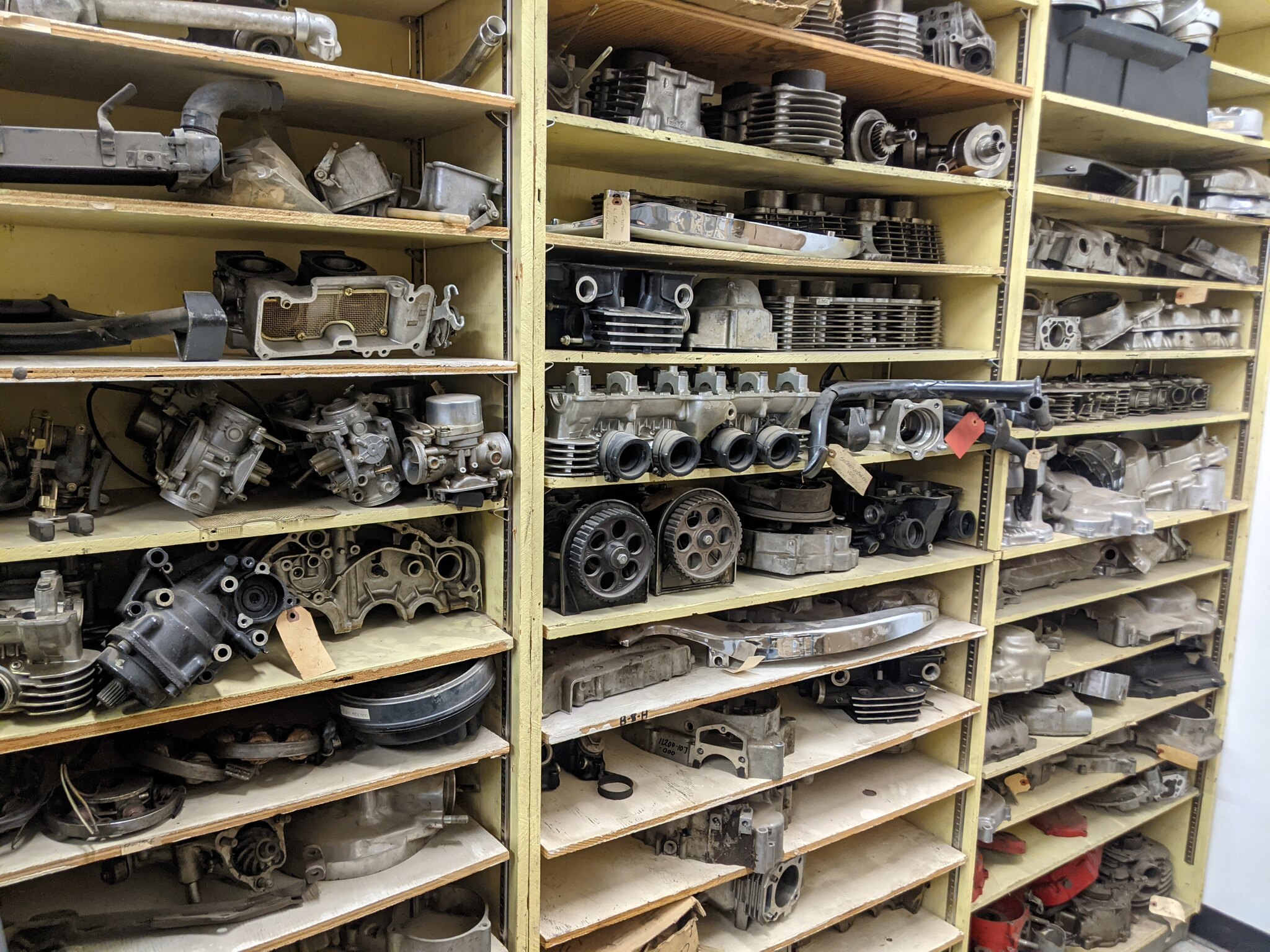Shop the Best MX Parts NZ for Your High-Performance Bike
Comprehending the Vital Parts of a Bike: A Comprehensive Guide for Fanatics
For motorcycle fanatics looking to boost their riding experience and ensure their bikes run efficiently, understanding the vital elements of a motorbike is extremely important. Each element, from the engine's elaborate workings to the vital duty of the stopping devices, not only impacts performance however additionally safety and comfort.
Engine Parts

The camshaft plays an essential duty in controlling the timing of the engine's shutoffs, ensuring the precise opening and closing essential for effective fuel and air consumption, along with exhaust expulsion. This timing is vital to maintaining ideal engine performance and effectiveness. In addition, the carburetor or gas shot system, depending on the motorbike version, is accountable for blending air with fuel in the right proportion for combustion.
The cooling system, either air or liquid-based, functions to preserve the engine's temperature level within operational limitations, preventing getting too hot and ensuring long life - mx gear nz. Each element, diligently created and incorporated, adds to the seamless procedure of the engine, defining the motorcycle's power outcome and general performance
Transmission System
Essential to the motorbike's capability, the transmission system ensures efficient power transfer from the engine to the wheels. This system comprises a number of essential parts, including the clutch, transmission, and last drive, each playing a crucial duty in converting the engine's power into motion. The clutch, normally run by a hand lever, serves to disengage the engine and engage from the transmission, permitting smooth equipment adjustments and regulated acceleration.
The transmission, commonly described as the transmission correct, has a set of equipments that bikers can manually move via to change the bike's speed and torque outcome. These gears are set up in a series that allows the motorbike to speed up smoothly and preserve ideal engine performance throughout various speeds. The majority of motorcycles use a sequential transmission, needing the motorcyclist to shift equipments in a predetermined order.
Braking Systems
While recognizing the transmission system is essential to using a motorcycle's power, similarly crucial is the capability to manage and quit that power successfully, which is where stopping mechanisms enter into play. Brakes are important for safety and security and efficiency, giving the cyclist with the required control to navigate various surfaces and problems. Normally, motorbikes include 2 kinds of stopping systems: disc brakes and drum brakes.
Disc brakes are much more common in modern bikes due to their superior efficiency. They include a brake disc, caliper, and pads. When triggered, the caliper presses the brake pads versus the rotating disc, converting kinetic power right into warmth, consequently slowing the wheel. This system uses much better warm dissipation, regular performance, and improved quiting power, specifically in wet conditions.
Alternatively, drum brakes, though less common, are still located in some motorbikes. They work by pushing brake footwear against the internal surface area of a drum affixed to the wheel. While usually much less efficient in warm dissipation and quiting power, drum brakes are less complex and more cost-efficient.
Comprehending these stopping systems' subtleties allows riders to preserve their motorbikes correctly and value the design that makes sure effective and safe stopping.
Suspension and Steering
Suspension and steering systems are essential elements that significantly affect a motorcycle's handling and adventure convenience. The shock absorber, consisting of forks at the front and shock absorbers at the rear, soaks up road irregularities, improving security and control. Front forks, upside down or commonly telescopic, compress and rebound to reduce impacts, while rear shock absorbers maintain tire call with the roadway, important for grip and security.
Guiding, centered around the handlebars, links the rider to the bike's directional control. The steering head bearings make sure smooth procedure, permitting accurate her explanation maneuverability. Appropriate placement and upkeep of these bearings are critical for foreseeable guiding response and reducing motorcyclist fatigue.
The suspension's adjustability is one more crucial aspect; preload, damping, and rebound setups permit modification to fit various riding designs and problems. This flexibility is necessary motorbike parts store for optimizing efficiency, whether browsing metropolitan roads or taking on sturdy routes. Developments like digital shock absorber provide real-time adjustments, enhancing experience top quality across varied terrains.

Electrical Equipments
After ensuring a regulated and smooth trip via efficient suspension and guiding systems, interest transforms to the electrical systems, a crucial aspect of modern motorcycles. These systems play an essential function not only in beginning the engine however also in powering various parts that boost the capability and security of the bike.
At the heart of a motorcycle's electrical system is the battery, which shops electrical energy necessary for starting the engine and powering auxiliary systems - motocross parts nz. The generator or generator, coupled with the rectifier-regulator, ensures the battery continues to be billed while the motorcycle functions, transforming mechanical power right into electric energy and preserving voltage levels
The ignition system, an additional vital part, is in charge of stiring up the air-fuel blend in the engine's cylinders. Modern bikes usually utilize an electronic ignition system, offering higher performance and dependability contrasted to conventional systems.
Lights systems, including fronts lights, tail lights, and indications, are also vital, guaranteeing exposure and safety for the rider. Extra electronic elements such as sensing units, control systems, and displays add to sophisticated attributes like fuel injection monitoring, anti-lock stopping systems (ABDOMINAL), and electronic dashboards, better boosting the riding experience.
Final Thought
A complete understanding of a motorcycle's necessary parts, consisting of the engine, transmission system, stopping devices, suspension, steering, and electrical systems, is indispensable protective motorbike trousers for fanatics intending to enhance comfort, security, and efficiency. Mastery of these aspects permits educated choices relating to maintenance and upgrades, eventually boosting the riding experience. By incorporating this understanding, riders can guarantee their bikes operate at peak effectiveness and dependability, thereby optimizing both satisfaction and durability of their automobiles.
For motorcycle lovers looking to boost their riding experience and guarantee their bikes run smoothly, recognizing the crucial elements of a bike is vital.Essential to the bike's capability, the transmission system guarantees reliable power transfer from the engine to the wheels.While recognizing the transmission system is crucial to using a motorbike's power, equally important is the capacity to regulate and stop that power effectively, which is where braking devices come into play. Normally, bikes include 2 types of stopping systems: disc brakes and drum brakes.
A thorough understanding of a bike's important parts, consisting of the engine, transmission system, braking devices, suspension, steering, and electrical systems, is indispensable for enthusiasts aiming to enhance convenience, safety, and performance.